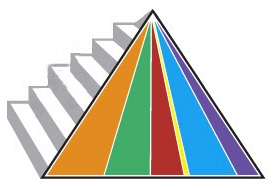|
Follow us on Twitter |
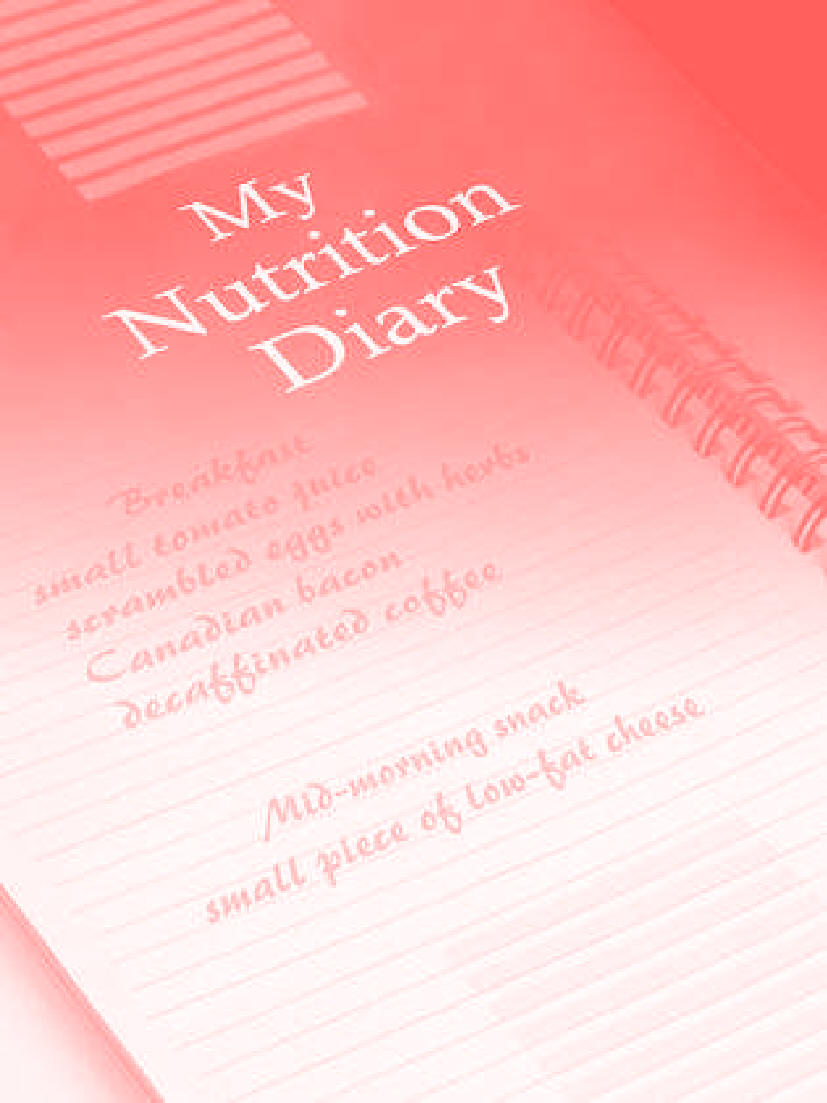 Food and Activity Journal Food and Activity Journal
One of the best
ways to lose weight is by recording your daily food intake and
activities. No matter how many great weight loss programs are out
there, the Food and Activity Journal is one of the key tools to
successful weight control. Seventy-three percent of the individuals
who kept there weight off used a journal or some form of record
keeping.
You would be surprised by what you discover about your habits. It’s
easy to overlook a handful of Parmesan cheese tossed on your pasta
or the amount of salad dressing you use. In addition, you will
discover patterns of eating; such as boredom, anger, sadness,
happiness, or 12 noon. By becoming aware of habits, you can start to
make changes.
A Journal is a record of your life in progress. Use the journal to
record your daily foods, activities, thoughts, and goals. You will
lose weight and keep it off. And if you have the chance to read it
ten years from now, you will have fond memories and a documented
journey of your adventure and success.
The Food and Activity Journal was designed to be used by any weight
control program. So whether your counting calories, carbohydrates,
fat, proteins, points, or food groups you can easily use the Food
and Activity journal.
How to Use the
Journal
-
Motivation and
Inspiration. Start your day off on a positive note. If you start
to slide, remember the positive thought for the day.
Positive Thinking. “Whatever you can do, or
dream you can, begin it. Boldness has genius, power and magic in
it.” - Goethe
-
Record the foods and the
amounts of everything you eat and drink, even one grape. Don’t
forget to weigh or measure your food. In time, you will be able
to guess the size, but for now make sure you have a kitchen
scale, measuring cups, and measuring spoons. See the portion
control section for suggested measuring tools.
-
Be honest. Do not write
down a carrot when you just ate a hot fudge sundae.
-
In the tracking column,
note the number of calories, carbohydrates, fats, proteins,
points or food groups you have consumed. The food plan you are
on will determine what you will track. Obtaining nutrition
information on food products is easy today. Check the internet,
the nutrition label, or a book on food and nutrients. See the
free list of sites that contain nutrition information.
-
Record foods right after
eating, otherwise you may forget.
-
At the end of the day,
total up your numbers and place them in the summary box. How did
you do?
-
There is also a place for
you to monitor your activities or exercise, thoughts, and goals.
-
At the end of each 7 days,
there is a week in review section. Look at what you have
accomplished and set new goals. Practice positive thinking and
complete the weekly self-awareness assignment.
Click on the link below to
take you to a practice sheet. I have filled in the first two
columns. The journal is designed to be used by any weight control
program. Try it and see how well you do. (In the example I used
calories, food groups and points.)
Practice Journal (If
the pdf files does not open in your browser,
click the following link. Practice)
|
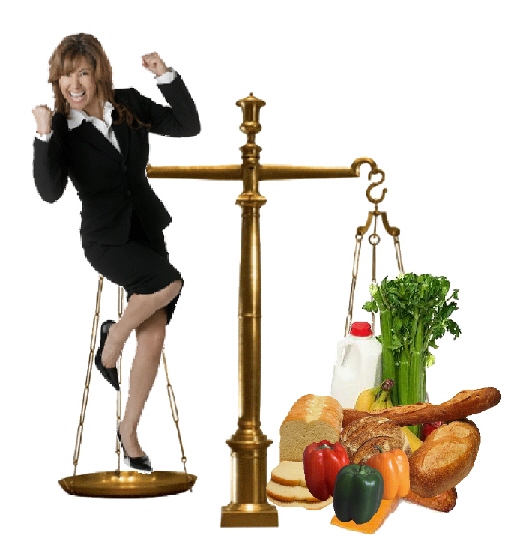


![]()
![]()
![]()
![]()
![]()
![]()
![]()
![]()
![]()
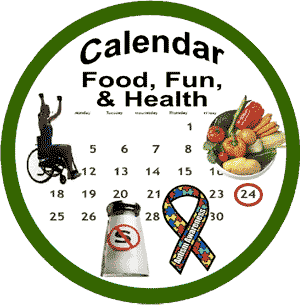
![]()
![]()
![]()
![]()
![]()
![]()
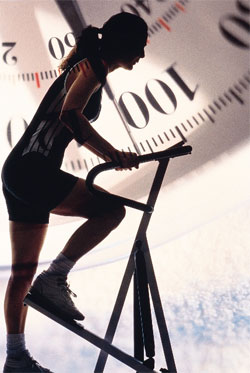
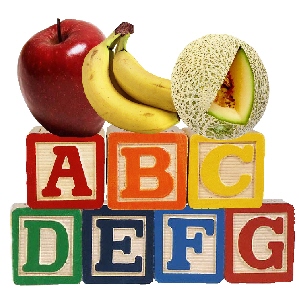 The
Children's Corner
The
Children's Corner Food and Activity Journal
Food and Activity Journal![]()
![]()
![]()
![]()

